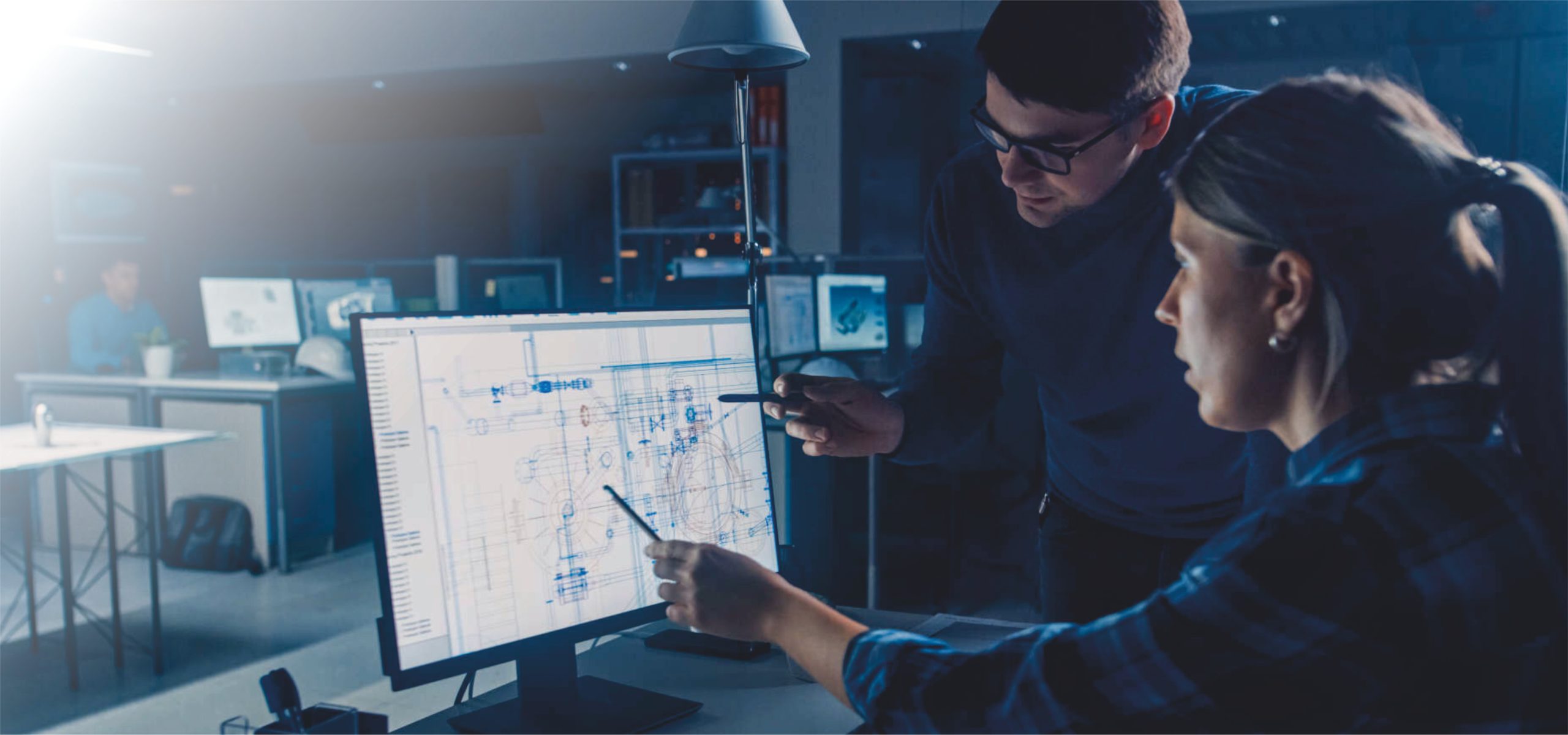Objectives
- Comprehensive System Knowledge: Provide participants with a thorough understanding of key aircraft systems, including propulsion, electrical, hydraulic, landing gear, and other essential systems.
- Hands-On Experience: Equip participants with practical skills in the design, maintenance, and troubleshooting of various aircraft systems.
- Integration of Systems: Train participants in how different aircraft systems interact and integrate to ensure safe and efficient aircraft operation.
- Prepare for Real-World Applications: Ensure participants are prepared to work in the aerospace industry, focusing on system design, troubleshooting, and maintenance.
Outcomes
- Proficiency in Aircraft Systems: Participants will gain expertise in various aircraft systems, including turbine engines, electrical systems, landing gear, and more.
- Practical Skills: Participants will develop hands-on skills in diagnosing and resolving issues with aircraft systems, using both theoretical knowledge and practical experience.
- Integration and Optimization: Participants will understand how to integrate and optimize multiple aircraft systems to achieve overall aircraft performance and safety.
- Certification: Participants will receive certification recognizing their skills and knowledge in aircraft systems, enhancing their employability in the aerospace sector.
Scope
- Target Audience: Engineering students, recent graduates, and professionals in aerospace, mechanical, and electrical engineering, as well as those interested in aircraft maintenance and design.
Course Content:
-
- Turbine Engine Thrust Reversal System: Design and operation of thrust reversers used for braking and slowing down aircraft during landing.
- Aircraft Electrical System: Overview of electrical systems, including power generation, distribution, and avionics integration.
- Aircraft Landing Gear System: Design and functionality of landing gear systems, including retraction, extension, and braking mechanisms.
- Aircraft Hydraulic System: Principles and components of hydraulic systems used for flight control, landing gear, and other applications.
- Aircraft Anti-Skid Brake System: Operation and maintenance of anti-skid brake systems to prevent wheel lock-up during braking.
- Aircraft Propeller System: Design and operation of propeller systems, including pitch control and power transmission.
- Aircraft Pneumatic System: Overview of pneumatic systems used for engine start, air conditioning, and other applications.
- Aircraft Cockpit Instrument System: Study of cockpit instruments and displays for navigation, control, and monitoring of aircraft systems.
- Aircraft Refrigeration System: Principles of aircraft refrigeration systems used for cooling and environmental control.
- Aircraft Pressurization System: Design and maintenance of pressurization systems to ensure cabin comfort and safety at high altitudes.
- Vapor Cycle Air Conditioning and Heating System: Operation of vapor cycle systems for air conditioning and heating within the aircraft.
- Ice and Rain Protection System: Systems used to protect aircraft from ice and rain accumulation, including de-icing and anti-icing systems.
- Duration: The program could be structured over 16-24 weeks, combining theoretical instruction, practical labs, and hands-on workshops.
- Delivery Mode: The program can be delivered through a blend of online lectures, in-person workshops, and practical lab sessions, with access to relevant equipment and simulation tools.
Project
- Project Title: Integrated Design and Analysis of an Aircraft Systems Simulation
- Objective: To design and analyze an integrated simulation of key aircraft systems, including turbine engine thrust reversal, landing gear, electrical systems, and other critical components.
Scope:
-
- System Design: Create detailed designs for selected aircraft systems using CAD software and simulation tools. Integrate these systems into a comprehensive aircraft model.
- Simulation and Analysis: Use simulation tools to model the performance of the integrated systems, including interaction effects and system optimization.
- Testing and Validation: Conduct virtual testing and validation of the integrated systems, addressing potential issues and making design improvements.
- Presentation: Prepare a final report and presentation showcasing the design process, system interactions, simulation results, and recommendations for real-world applications.
Outcomes:
-
- A fully integrated simulation model of key aircraft systems, with detailed design documentation and analysis reports.
- Insights into system integration and optimization, demonstrating the ability to address complex interactions between different aircraft systems.
- A presentation to industry professionals highlighting the design, testing, and validation processes, with a focus on practical applications and improvements.


